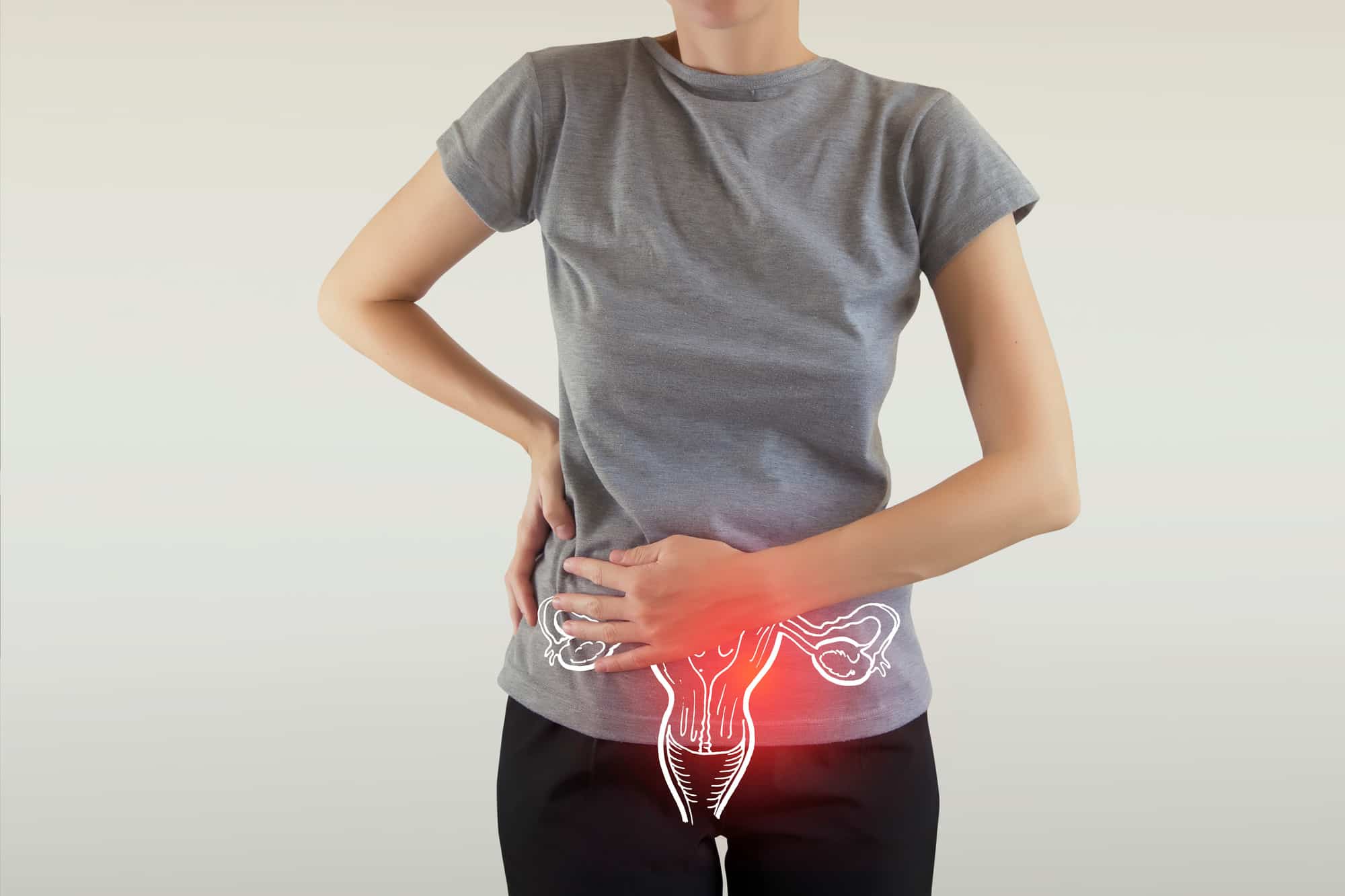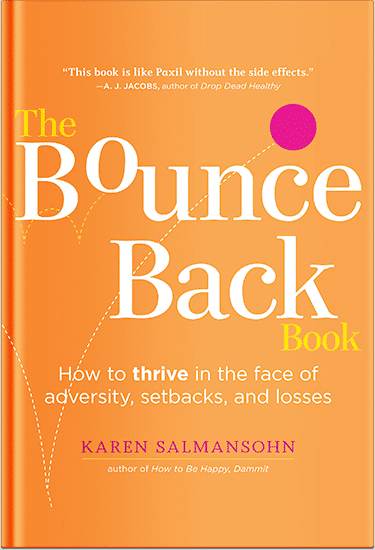 It’s not unusual to take the liver for granted. Quietly doing its job in the background, it filters toxins, processes nutrients, and supports practically every key system in the body. But when chronic diseases like hepatitis or fatty liver quietly creep in, they slowly unravel that balance, often without obvious signs until it’s too late.
It’s not unusual to take the liver for granted. Quietly doing its job in the background, it filters toxins, processes nutrients, and supports practically every key system in the body. But when chronic diseases like hepatitis or fatty liver quietly creep in, they slowly unravel that balance, often without obvious signs until it’s too late.
Many people don’t realize that conditions like these aren’t just about feeling sluggish or bloated. They can quietly set the stage for something far more serious — liver cancer. The progression often happens over years, and by the time clear symptoms appear, the liver has already been working overtime to repair damage.
For anyone navigating diagnosis or exploring liver cancer treatment in Singapore specialists often emphasize early screening and awareness. Understanding how these conditions evolve is the first step in protecting long-term liver health, even before symptoms lead to a crisis.
The Hidden Impact of Hepatitis
Hepatitis is best known as an infection that affects the liver, but its consequences run deep and long. Whether viral or chronic, it triggers inflammation that damages liver cells and disrupts normal function. This ongoing inflammation, often silent at first, can transform healthy cells into scar tissue — a process that gradually leads to cirrhosis.
The Silent Nature of Hepatitis
One of the biggest challenges is that hepatitis often develops quietly. In its early phases, someone might experience fatigue, mild nausea, or nothing at all. Viruses like Hepatitis B and C can live in the body for decades, slowly eroding liver tissue without showing clear symptoms. By the time people discover they’ve been infected, significant damage may already be underway.
Unchecked, this chronic inflammation encourages the liver to constantly regenerate cells. Each replication increases the risk of mutations, and over time, these genetic errors can form malignant cells. This is why doctors stress regular testing for those who have been exposed or who live in regions where hepatitis is prevalent.
Chronic Damage and Scarring
As the liver fights to heal itself, scar tissue builds up. This scarring, or fibrosis, limits blood flow and suffocates remaining healthy cells. The liver’s architecture changes, forcing it to work harder to process toxins and regulate metabolism. These ongoing cycles of injury and repair not only weaken liver function but create a perfect environment for cancerous cells to emerge.
Even with antiviral therapy, once liver scarring becomes extensive, the chances of developing liver cancer rise substantially. That’s why early intervention can make all the difference — it gives the liver time to heal before damage becomes irreversible.
Prevention and Early Detection
Doctors often emphasize lifestyle adjustments alongside medical treatment. Avoiding alcohol, maintaining a balanced diet, and staying up to date with vaccinations for Hepatitis B are simple but powerful steps. For those already infected, antiviral therapy can reduce viral load and inflammation, slowing or even stopping ongoing damage.
Screening plays an equally important role. Regular ultrasounds and blood tests to measure liver enzymes and tumor markers can catch warning signs before cancer develops. When caught early, the chances of successful recovery are far higher.
Fatty Liver Disease: A Growing Threat
In recent years, fatty liver disease has become one of the fastest-growing causes of liver cancer worldwide. It often begins with poor diet and sedentary lifestyle habits but can also stem from metabolic issues like diabetes or high cholesterol. Unlike viral hepatitis, fatty liver is a disease of modern living — a warning sign from an overworked and under-supported body.
How Fat Builds Up in the Liver
The liver naturally stores some fat, but problems occur when that fat exceeds what the liver can handle. At this stage, inflammation begins, known as non-alcoholic steatohepatitis (NASH). Over time, that inflammation behaves much like hepatitis, scarring the liver and impairing its ability to filter toxins.
People often think of fat as something external — visible around the waist or under the skin. But fat inside the liver is much more dangerous. It interferes with energy regulation, hormone balance, and detoxification processes. This kind of cellular stress can lead directly to the mutations that start cancer growth.
The Link Between Fatty Liver and Cancer
Fatty liver not only damages tissue but also changes the environment inside the liver itself. Chronic inflammation releases free radicals that harm DNA and encourage tumor development. As the liver struggles to heal, it creates new cells rapidly, and among those new cells, cancerous changes can appear.
The connection is so strong that even without cirrhosis, people with advanced fatty liver disease can develop hepatocellular carcinoma, the most common form of liver cancer. The risk rises even further when fatty liver overlaps with obesity, diabetes, or viral hepatitis. This combination pushes the liver to its limits, leaving little room for recovery.
Lifestyle Plays a Crucial Role
Unlike many other chronic conditions, fatty liver can often be reversed with lifestyle changes. Simple habits like regular exercise, balanced nutrition, and managing blood sugar can give the liver a chance to recover. Even losing a modest amount of weight can significantly reduce liver fat and inflammation.
Healthcare specialists frequently encourage moderation rather than perfection — small, consistent changes that lower sugar intake, control portion sizes, and reduce processed fats. These adjustments improve energy levels and protect long-term liver health. Early management doesn’t just prevent cirrhosis but can also lower the lifetime risk of liver cancer.
Looking Ahead with Awareness and Care
Both hepatitis and fatty liver disease share a dangerous common thread: silent damage that progresses quietly for years. By the time symptoms become noticeable, significant harm may have already occurred. Yet with awareness, testing, and the right care, that story doesn’t need to end with cancer.
Access to advanced medical care and screening can dramatically improve outcomes. People exploring liver cancer treatment clinics often discover that early detection programs are changing how doctors approach prevention — shifting focus from treating cancer after it develops to stopping it before it starts.
Ultimately, protecting liver health means listening to the quiet signs: tiredness that lingers, unexplained digestion issues, or gradual weight changes. Taking small, consistent steps toward liver wellness safeguards not only one organ but overall vitality. The liver has an amazing ability to heal itself when given the chance — and that chance begins with awareness and action.
P.S. Before you zip off to your next Internet pit stop, check out these 2 game changers below - that could dramatically upscale your life.
1. Check Out My Book On Enjoying A Well-Lived Life: It’s called "Your To Die For Life: How to Maximize Joy and Minimize Regret Before Your Time Runs Out." Think of it as your life’s manual to cranking up the volume on joy, meaning, and connection. Learn more here.
2. Life Review Therapy - What if you could get a clear picture of where you are versus where you want to be, and find out exactly why you’re not there yet? That’s what Life Review Therapy is all about.. If you’re serious about transforming your life, let’s talk. Learn more HERE.
Think happier. Think calmer.
Think about subscribing for free weekly tools here.
No SPAM, ever! Read the Privacy Policy for more information.
One last step!
Please go to your inbox and click the confirmation link we just emailed you so you can start to get your free weekly NotSalmon Happiness Tools! Plus, you’ll immediately receive a chunklette of Karen’s bestselling Bounce Back Book!


 It’s not unusual to take the liver for granted. Quietly doing its job in the background, it filters toxins, processes nutrients, and supports practically every key system in the body. But when chronic diseases like hepatitis or fatty liver quietly creep in, they slowly unravel that balance, often without obvious signs until it’s too late.
It’s not unusual to take the liver for granted. Quietly doing its job in the background, it filters toxins, processes nutrients, and supports practically every key system in the body. But when chronic diseases like hepatitis or fatty liver quietly creep in, they slowly unravel that balance, often without obvious signs until it’s too late.